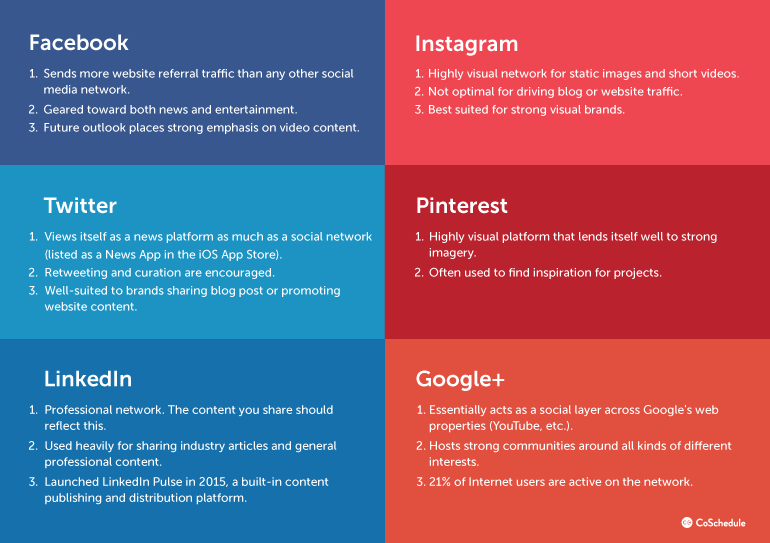Getting people's attention on social media is more difficult than ever.
Between content shock and ever-changing social-network algorithms, reaching your audience via Facebook, Twitter, and other platforms isn't easy.
Certainly, quitting isn't an option, either. So, what should marketers do? Create focused and well-written campaigns that cut through the static, of course.
Follow along and we'll cover how to write killer social media campaigns from start to finish. You'll learn...
- How to generate truly creative social media campaign concepts that connect with real audience needs.
- How to successfully execute those ideas and drive results.
- How to analyze and measure your results (so you can duplicate what works and stop what doesn't).
Let's get started.
It All Starts With an Idea
Big ideas are the basis for much of creative marketing. Although much has been said about the death of "the big idea" in the classic advertising sense, it's still possible to adapt it to our digital times.
Here's what David Ogilvy had to say about ideas in 1983: "It takes a big idea to attract the attention of consumers and get them to buy your product. Unless your advertising contains a big idea, it will pass like a ship in the night. I doubt if more than one campaign in a hundred contains a big idea."
A caveat here: we're talking about organic social media, not paid advertising (although social media advertising is important, it's not the focus of this article).
Everything in that Ogilvy quote applies to our social media battleground as much as it did to traditional advertising.
A disconcerting volume of uninspired posts is being published every day because of a "quantity over quality" mindset. There's an alternative to that spray-and-pray approach, however. It involves generating a solid angle (or "big idea") and writing a connected campaign of posts around it.
Start by identifying an idea for a core piece of content your social media campaign will promote. This could be...
- A conversion-optimized landing page.
- A high-quality article or blog post.
- An entertaining or informative video you've produced.
Your campaign messaging should address the intersection between your audience's interests or pain points and a solution your company is uniquely qualified to provide.
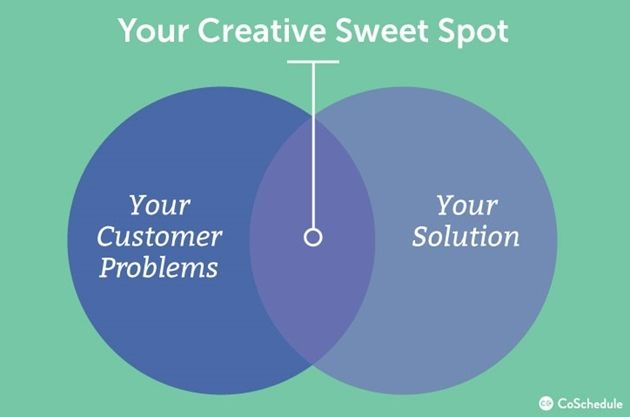
One example of a classic big idea that combines an audience's interest with a company's mission is Nike's "Just Do It" slogan. That simple phrase still informs the company's brand strategy, even on social media.
For example, consider this Instagram post:

826,443 likes. Now that's solid engagement.
Let's break down a few things this post does well:
- It incorporates a relevant hashtag.
- The post copy is on-point.
- It connects the audience's interests and Nike's brand with something relevant.
Best of all, it's not that complicated to integrate this big-idea approach in your social media content.
How Do I Write a Killer Social Media Campaign?
If this kind of creative execution really is within the grasp of any competent marketing writer, how do you get started putting together a campaign with this kind of power?
Let's start with the basics.
1. What Do You Want Your Audience to Do?
Figure out what exactly what kind of action you want your post to inspire. Here are some examples:
- Improve a skill.
- Solve a common problem.
- Gain useful knowledge.
For your brand, your desired actions might be...
- Clicking through to a landing page
- Reading a blog post (and maybe even completing an opt-in form)
- Engaging with your brand (liking, commenting, sharing, or otherwise indicating you made a positive impression)
The key is making sure your posts bridge the gap between these two sets of desires.
2. Finding the Right Words
Once you know the intended benefits for yourself and your audience, try to distill your messaging into three simple points. As an exercise, try filling in the following blanks:
"Our brand is...
[ADJECTIVE 1]
[ADJECTIVE 2]
[ADJECTIVE 3]"
Now, you're off to a rolling start.
3. Choose Your Channels
The way you speak to your audience may (and most likely should) differ from channel to channel. So, be thoughtful about channel selection.
The choice you make comes down to understanding your audience and goals. Ask yourself which channels are most appropriate for your campaign based on what you want to achieve.
For reference, follow this visual guide outlining each network's primary attributes (and choose accordingly):
4. Establish a Basic Posting Schedule
Before you begin writing, figure out how many posts you'll create. Start by asking these three questions:
- Which networks am I creating content on?
- How many other campaigns are we running concurrently?
- How much time do I have available?
(Although there's no set schedule that any given campaign should follow, if you need a starting point, this guide may help.)
5. Now Write the Crap Out of Your Campaign
We've done a lot of work, and we haven't even started writing yet. Once your preparation is out of the way, it's time to start writing your campaign.
One way to start is to open a text editor (Word, Google Docs, or any other you prefer) and list the following:
- Networks: If your campaign will span multiple networks, break up your doc into sections for each one.
- Post copy: This is where you'll write the content for each post.
- Image direction: If you're working with a designer, give them an idea for what each image should be.
- Image copy: Any text that'll be applied to each graphic should be included, too.
- URL: If your campaign is promoting a webpage, include that link in your campaign doc.
Once you start writing your campaign, your doc might begin to look something like this:
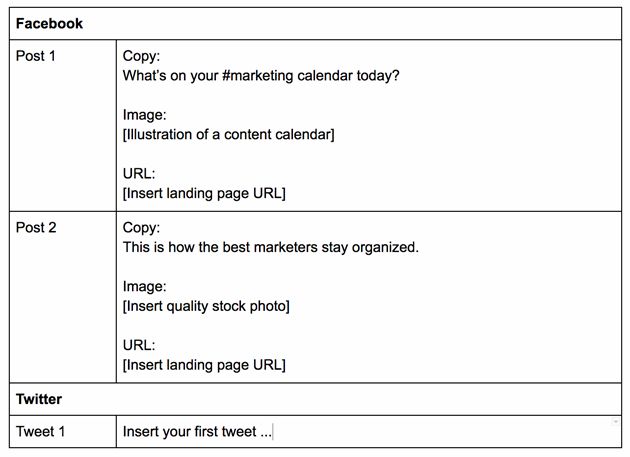
Continue completing your campaign content this way until you've written every post.
6. Optimize Every Post for Each Network
To make your message stick, follow these points:
- Maintain consistent voice and tone: And keep both appropriate for each network you're writing for.
- Stay focused: You don't need to repeat the same verbiage all the way through every post, but each one should drive home a single point.
- Optimize every post for each network: Different networks have different best-practices for length, hashtag usage, and more.
One way to make sure each post is tailored to each platform is to use the Social Message Optimizer, a free Web-based tool that makes it easy to score posts before they're published (our team at CoSchedule built it).
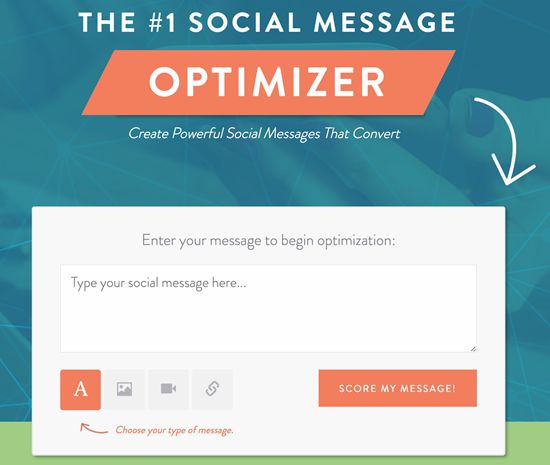
Visit the webpage and enter the text of your post, then hit Score My Message and scroll down to see a full analysis of your post.
- First, you'll see how well it's optimized for each network.
- Next, you'll see a summary overview breaking down the mechanical elements of your post.
- Further down the page, you'll see a deeper mechanical analysis of your post (along with some data-backed pointers on how it can be improved):
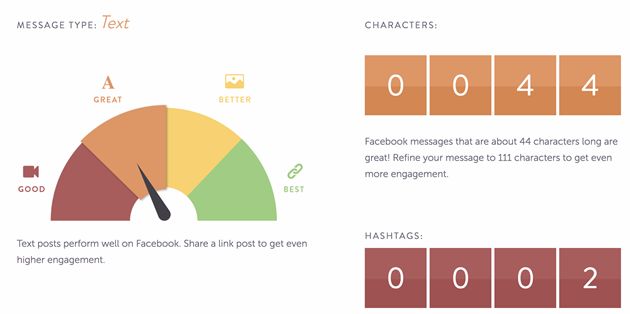
Now, Fire Up Your Keyboards
Now that greater reach and engagement is at your fingertips, it's time to put your post into practice. Equipped with this guide, you're ready to crush your organic social media campaigns with more effective messaging and mechanics.
Best of luck, and be sure to leave your top social media writing tips in the comments below.
